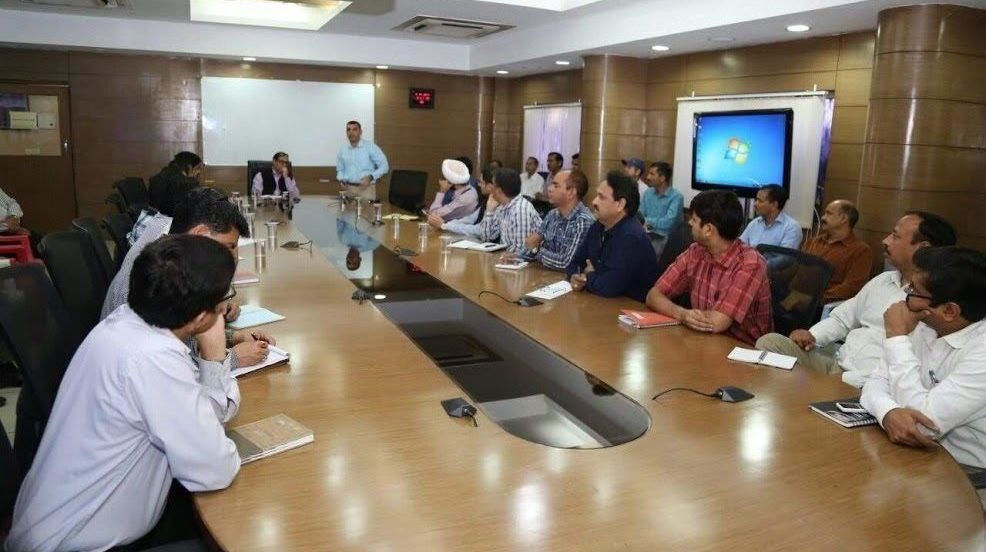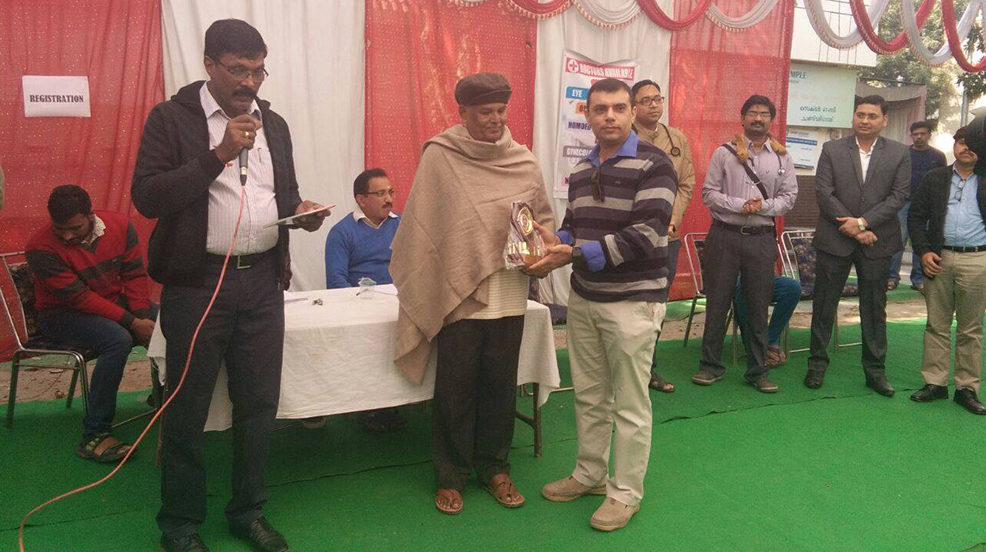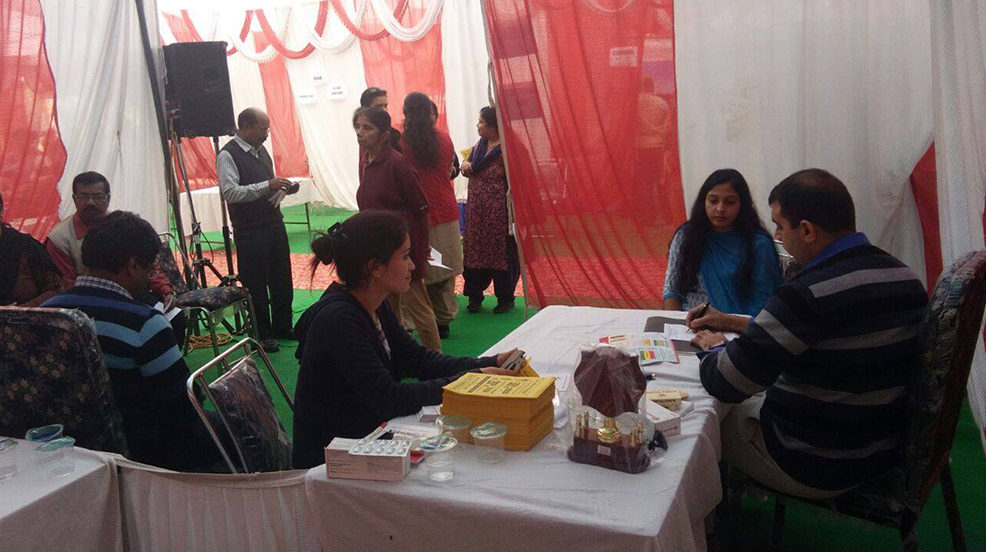Many people have knee replacements for many reasons, the most common of which is osteoarthritis, a disorder characterized by the depletion of cartilage that cushions the knee joint. This degradation results in bone-on-bone contact, which causes severe agony. Alternatively, some people may need a new knee due to rheumatoid arthritis, which is characterized by chronic joint inflammation.
Furthermore, people choose knee replacement after suffering an injury that causes chronic knee discomfort and impairs normal function. These circumstances lead to the steady worsening of knee discomfort over time. Determining the need for knee replacement surgery is not always simple. You and your doctor will analyze many aspects, such as X-ray or MRI findings, pain level, physical capabilities, personal medical history, and weight.
During a knee replacement surgery, worn-out or damaged knee joint components are replaced. The purpose of this operation is to improve knee functionality and relieve discomfort. During the procedure, plastic and metal components are used to repair the damaged cartilage and bone.
A surgeon evaluates the knee’s strength, stability, and range of motion to establish whether a replacement is appropriate for a particular patient. X-rays can also shed light on the degree of damage to the knee. Personalized considerations such as age, weight, activity level, knee size and shape, and general health are considered while choosing the right replacement joints and surgical procedures.
Conditions treated with knee replacement include –
- Swelling
- Limited mobility
- Stiffness
- Joint pain
Arthritis is the main reason for knee replacement surgery, and most patients choose to have the procedure due to osteoarthritis. On the other hand, rheumatoid arthritis patients could occasionally need knee replacement surgery. During the surgery, the surgeon will remove the damaged cartilage and bones. If your cartilage’s natural smooth cushion has been destroyed or removed, he will replace it with a plastic spacer.
The prosthetic parts that your surgeon uses to replace your knee are quite like the actual knee. The prosthetic knee joint is made of plastic and metal, not bone and cartilage. It is precisely crafted to resemble the size, form, and operation of a real knee joint.
Overall, a safe and effective operation that helps people regain mobility and get rid of chronic pain is knee replacement. Patients who have knee replacements usually report reduced pain, improved knee functionality and mobility, and an overall increase in their quality of life.
The knee replacement process improves and restores joint function, which increases range of motion and flexibility. When people can participate in everyday activities more comfortably, their newly acquired physical ability frequently leads to an overall improvement in quality of life.
Are you looking for knee replacement surgery? Seek expertise of a highly skilled professional Dr. Manu Mengi. Being a reputed Knee Replacement Surgeon in Chandigarh, he ensures that individuals receive personalized care, guiding them through the entire process, from pre-surgery evaluations to post-operative rehabilitation. So far, he has successfully helped numerous individuals regain mobility and alleviate knee-related issues.
Reach out to Dr. Manu Mengi, a highly professional Knee Replacement Surgeon in Chandigarh, who offers a comprehensive array of services related to knee replacement. Grab the opportunity to discover advanced and effective solutions tailored to your needs.




